How do I use the birth control patch?
The birth control patch is easy: just put on a patch once a week. If you’re using Xulane, you can also use the patch to skip your period if you want to.

How do I put on the birth control patch?
It’s easy to use the Xulane patch or Twirla patch: just stick a new patch to clean, dry skin. You can put Xulane or Twirla on your belly, buttocks (butt cheeks), or back. You can also put Xulane on the outer part of your upper arm. Don’t put the patch on your breasts.
-
Always check the expiration date before putting on a new patch.
-
If you’re using Xulane, open the foil pouch by tearing along the top and side, then peel the foil open until it’s flat. Take the patch and plastic layer off the foil. Peel one half of the clear plastic off the patch.
-
If you’re using Twirla, tear open the foil pouch and pull the patch out. Peel the bigger piece of the clear plastic off the patch.
-
Hold the patch by the side that still has the other piece of clear plastic on it. Try not to touch the sticky part with your fingers.
-
Put that sticky half of the patch on your belly, buttocks (butt cheeks), or back. Xulane can also go on your upper outer arm.
-
Pull off the other piece of the clear plastic and press the whole patch to your skin.
-
Hold the patch in place against your skin with the palm of your hand for 10 seconds.
Once you open a pouch, put the patch on immediately. Pick a spot where it can lie flat and smooth, and won’t rub against the waistband or seams of your clothes. Don’t put your new patch on the exact same spot as your last patch.
Always put the patch on clean, dry skin. Don’t use lotion, oils, creams, powder, or makeup on the skin where you put your patch — that can keep the patch from sticking.
The patch is made to stay in place while swimming, sweating, or in a jacuzzi, bathtub, shower, or sauna. But if you spend a lot of time doing these things, check your patch every day to make sure it’s sticking.
When you take your old patch off, fold it in half so it sticks together, seal it in a plastic bag, and throw it in the trash. Make sure kids or pets can’t get to it, and don’t flush it down the toilet. (You’ll be helping out the environment if you follow these directions because it helps keep any hormones that are left in the patch from getting into the soil and water.)
How often do I need to put on a new patch?
Change your patch once a week. Don’t put a new patch on the exact same spot on your skin as your last patch.
Wear a patch for 1 week (7 days), then take off that patch and put on a new one. Be sure to put on a new patch on the same day every week — this will be your “patch change day.” If you start on a Monday, then Mondays are always the day you take off your old patch and put on a new one.
1 patch only has enough hormones in it to last for 1 week (7 days). So don’t wear the same patch longer than a week. Change your patch once a week for 3 weeks straight.
On week 4, take off your old patch and don’t wear a patch at all during that 4th week — that’s when you’ll get your period. After 7 patch-free days, put on a new patch and start the cycle over. Each pack has 3 weekly patches in it, so you’ll use 3 patches per month.
It’s really important to put your new patch on right after your patch-free week, or you’ll be at risk for pregnancy. It’s okay if you’re still bleeding or spotting when it’s time to put on a new patch — that’s normal.
How do I skip my period with the Xulane patch?
If you’re using Xulane, you can choose to skip a period whenever you want — or even stop having periods altogether while you’re on the patch. Skipping your period with the Xulane patch is just as effective at preventing pregnancy, and it’s safe and super easy.
Just start a new pack of patches on week 4, instead of having a patch-free week on week 4. So you’ll use 4 patches a month, instead of 3. Keep changing your patch on time every 7 days, and make sure you’re always wearing a patch. That’s it!
You may have some bleeding or spotting for the first 6 months when you use the patch to skip your period. It’s totally normal and should go away eventually.
There’s nothing dangerous or harmful about using the patch to stop or skip your period. And it comes in really handy if you want a special occasion (like a vacation or a hot date) to be period-free. If you stop using the patch, your period will go back to the way it was before you started using it.
When can I start using the patch?
You can start using the birth control patch as soon as you get it — any day of the month, and anytime during your menstrual cycle. But depending on when you start the patch, you may need to use a backup birth control method (like condoms) for the first 7 days.
If you start using the patch during the first 5 days of your period, it will start working right away and you won’t need backup birth control. For example, if you get your period Monday morning, you can start using the patch anytime until Saturday morning and be protected from pregnancy right away.
If you start using the patch at any other time in your menstrual cycle, it will take 7 days to protect you from pregnancy. Use another method of birth control — like a condom — if you have vaginal sex during your first week on the patch.
Starting the patch after taking emergency contraception:
If you took a levonorgestrel emergency contraception pill (like Plan B or other over-the-counter brands), you can start using the patch right away.
If you recently took the ella emergency contraception pill, don’t start using the patch until it’s been 6 days or more since you had unprotected sex.
If you start using the patch after taking any emergency contraception pill — like Plan B or ella — use a backup birth control method (like condoms) for 7 days.
Starting the patch after pregnancy:
You can get pregnant again shortly after being pregnant, so talk with your nurse or doctor about starting your birth control as soon as you can.
You can start using the patch right after an abortion or miscarriage. In general, you can start using the patch 3 weeks after giving birth (but wait 3 weeks whether you're breastfeeding or not). Read more about breastfeeding and the patch.
How should I store my birth control patches?
Store your patches at room temperature away from sunlight, and don’t refrigerate them or put them in the freezer. Keep your patches sealed in their pouches until you use them. Read the storage instructions on the package, and always check the expiration date before putting on a new patch. Once you open a pouch, put the patch on immediately.
What do I do if I decide I want to get pregnant?
If you decide you want to get pregnant, just take off your patch and throw it away.
It’s possible to get pregnant right after you stop using the patch. It can take a few months for your period to go back to the cycle you had before you started using it. But it’s still possible to get pregnant during that time, even if your period isn’t regular or you haven’t gotten your period yet since stopping the patch.

 Abstinence
Abstinence
 Breastfeeding
Breastfeeding
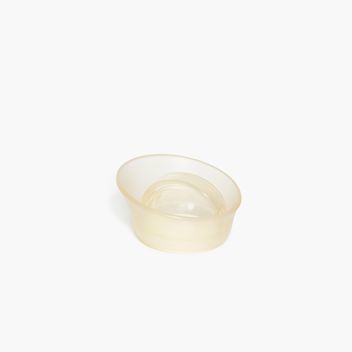 Cervical Cap
Cervical Cap
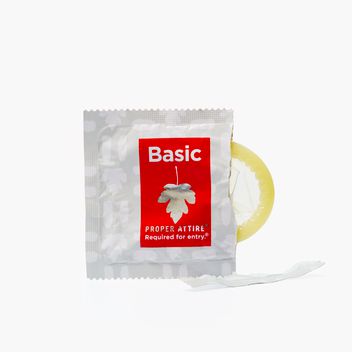 Condom
Condom
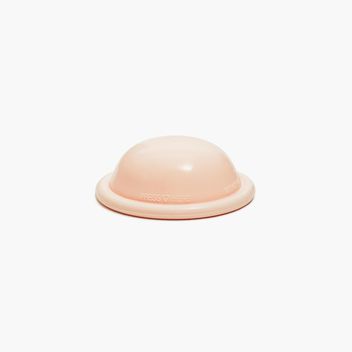 Diaphragm
Diaphragm
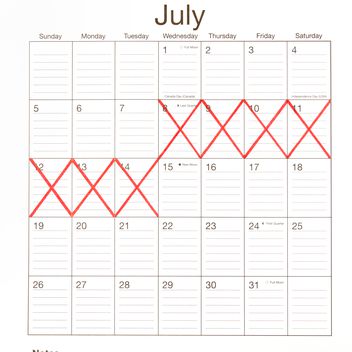 FAM
FAM
 Implant
Implant
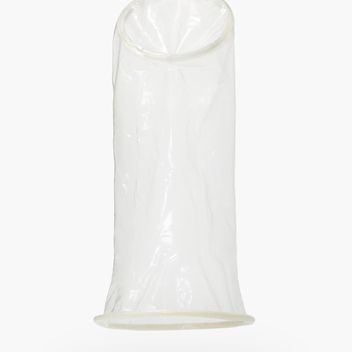 Internal Condom
Internal Condom
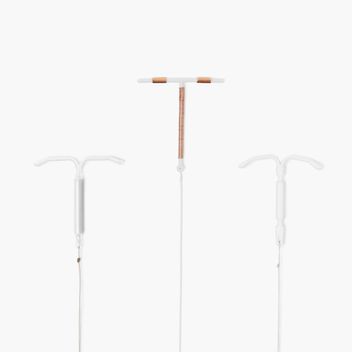 IUD
IUD
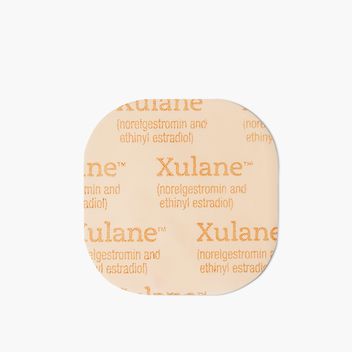 The Patch
The Patch
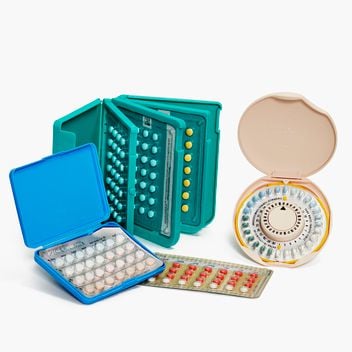 The Pill
The Pill
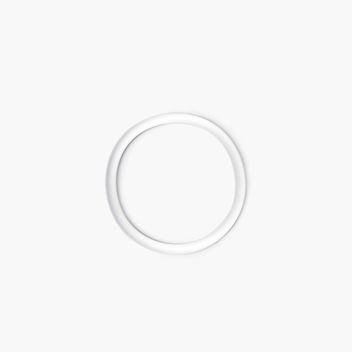 The Ring
The Ring
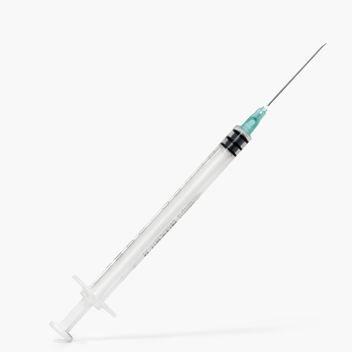 The Shot
The Shot
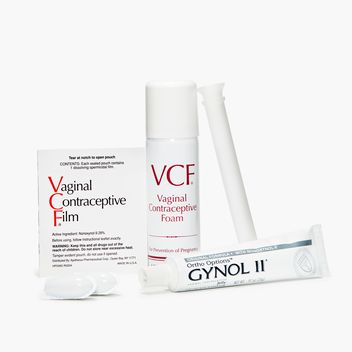 Spermicide
Spermicide
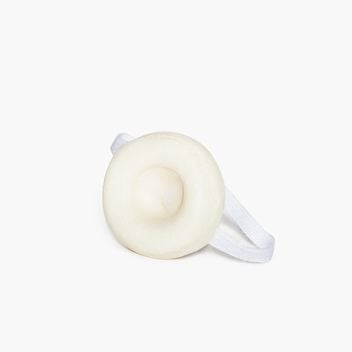 Sponge
Sponge
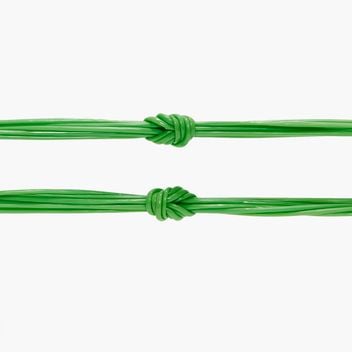 Sterilization
Sterilization
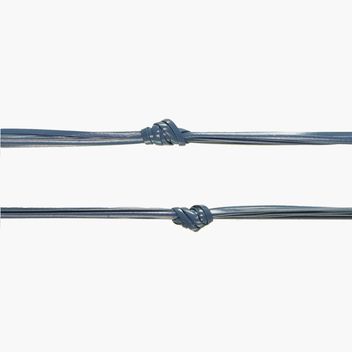 Vasectomy
Vasectomy
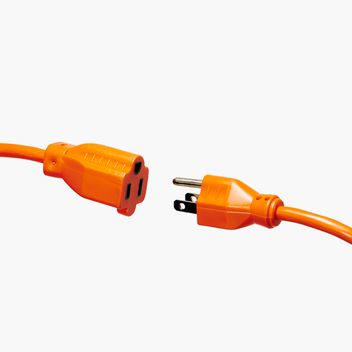 Withdrawal
Withdrawal